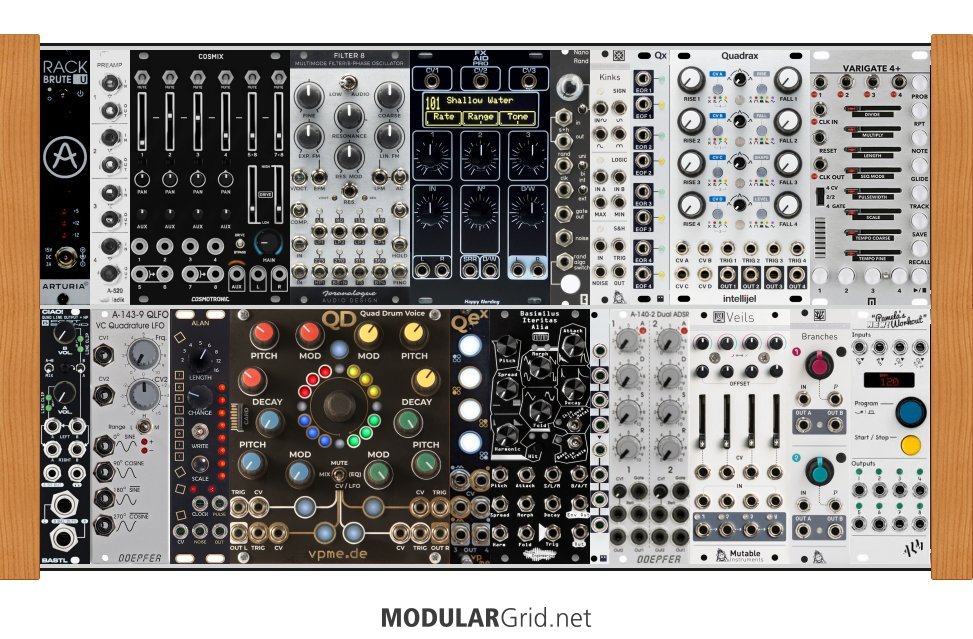I don't think of Maths as a utility module... it's it's own thing - sum of parts greater than the whole - see the 'maths illustrated supplement' - so replicating the centre section of maths is a good start - which to some extent you have with 321
I always recommend links, kinks, shades and veils as a good starter set for utilities
links is useful in that it can be 2 buffered mults and a utility mixer (always useful) or a buffered mult and a precision adder and a mixer, or a buffered mult and 2 utility mixers - what are you using for mults? stackcables or headphone splitters? it's always useful to have a buffered one around - I often need at least one for Maths to funciton properly (it doesn't like being patched into unbuffered inputs, at least in my racks)
kinks is discontinued - if you can't find one then the wmd/ssf toolbox is a good substitute
321 I think covers shades, but it's much more useful for adding offsets etc that are often needed than for straight mixing - are you currently using this as an end of chain mixer?
veils - you already have - but you can never have too many vcas!!!! they are useful for controling all sorts of signals in the system
on top of these the next thing I would add (unless multiples of the above make sense and often do - remember there is no such thing as redundancy due to duplication of function in modular - there is only redundancy because you don't use it) would be an end of chain mixer (unless you are mixing outside the rack) and then a matrix mixer - I mostly use my 2 for mixing copies of modulation sources to create more interesting modulation, but they can be used for many other purposes - setting up send/returns for effects for example
after that maybe a more complex logic module - I like the joranalogue compare2
I also cannot agree more with the others who are saying fx aid (xl) not black dsp... it;s way too big for what it is in this size rack - quite frankly I'd see it as an utter waste of space in my racks and I've got roughly 1500hp, I do have the fx aid xl though which is excellent - and could potentially see my self adding multiples of it in the future - especially if I decide I need an end of chain reverb in there - I can currently patch in outboard for that though
"some of the best base-level info to remember can be found in Jim's sigfile" @Lugia
Utility modules are the dull polish that makes the shiny modules actually shine!!!
sound sources < sound modifiers < modulation sources < utilities


